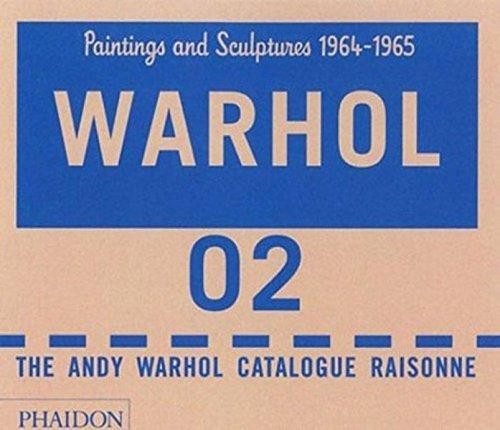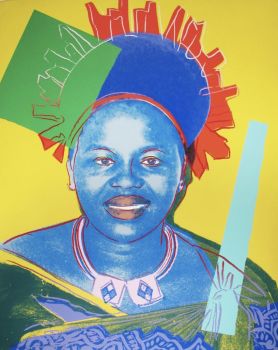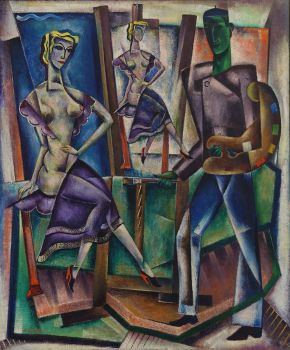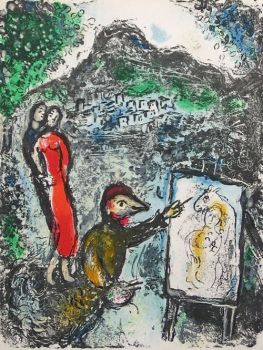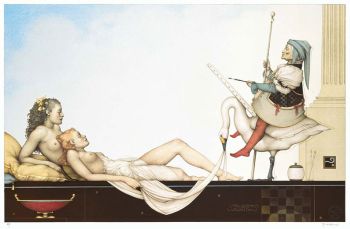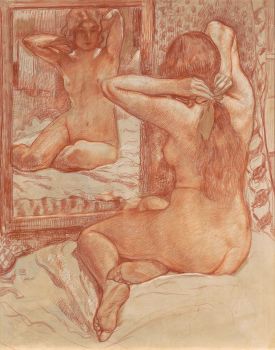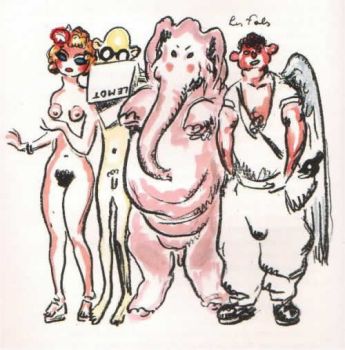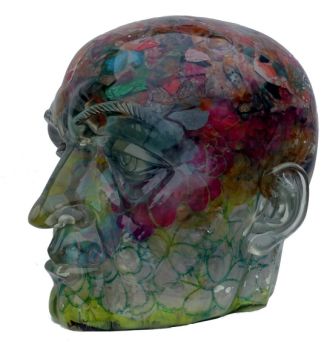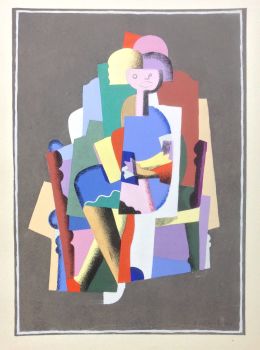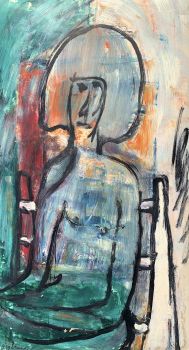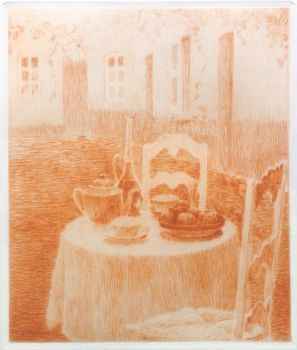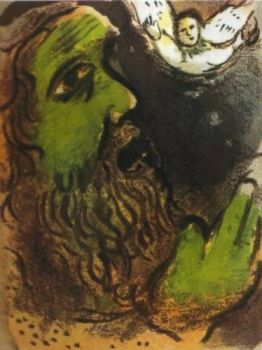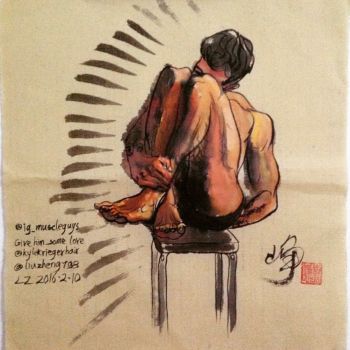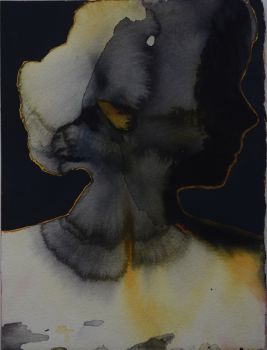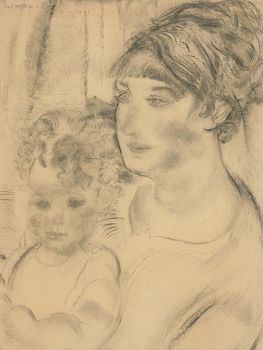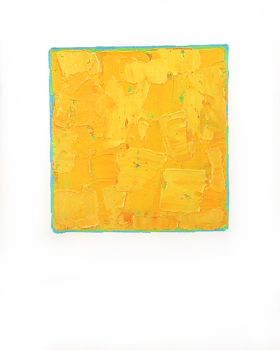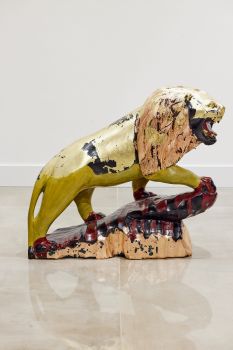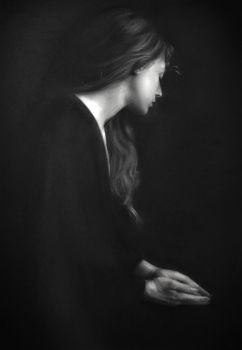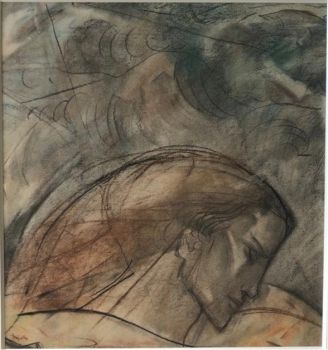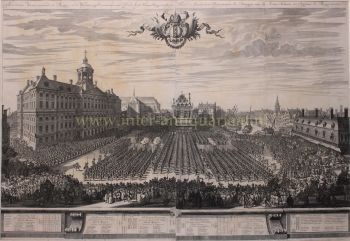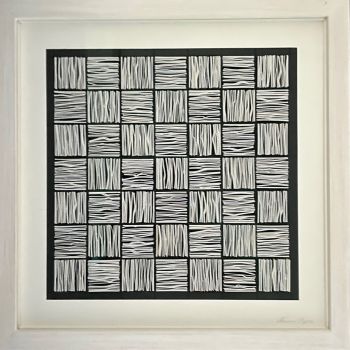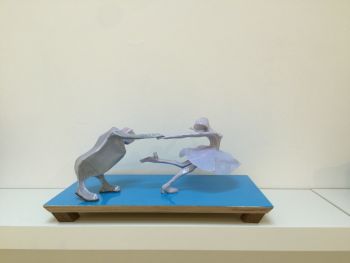Andy Warhol. Catalogue Raisonné. Paintings and Sculptures 1964-1969. Volume 2 2004
Andy Warhol
Papel
25 ⨯ 29 cm
Actualmente no disponible a través de Gallerease
Scriptum Art Books
- Sobre la obra de arteWARHOL - Frei, George & Thomas Printz: July 2004, (29 x 25 cm), 850 pp. English text, 1460 colour ills., 130 b/w. ills., 2 volumes, hardcover in carton slipcase.
Andy Warhol (1928-1987) is arguably the most iconic figure of twentieth-century art, a highly enigmatic personality who not only altered the definition of art itself but also left in his wake a vast and staggeringly complex record of his activities. Warhol's archive consists not only of his artworks but also of 1,500 cardboard boxes, flat files and trunks filled with source material, memorabilia, correspondence and junk mail. The catalogue raisonné constitutes an indispensable record of the artist's paintings, drawings and sculptures: some 15,000 works produced by the artist between 1948 and 1987, the year of his death. Volume 2 documents the artist's paintings, sculpture and installations made between 1964 and 1969, the important period known as 'The Factory Years', when Warhol began to acquire Pop Art fame as well as a cadre of collaborators and groupies - all of which made 'The Factory' into one of the most mythologized artist's studios ever, and Warhol's work at this time emblematic of his career as a whole. This volume documents 23 series and more than 1,400 individual works, including the well-known series Thirteen Most Wanted Men, the box sculptures, approximately 300 works in the Jackie series, and the 1964 and 1964-5 Flowers series, amongst others. As in Volume 1, Volume 2 includes a fascinating collection of source material: especially the rare studio photographs taken by Billy Name-Linich, who became The Factory's first de facto photographic historian. In this volume, editors Georg Frei and Neil Printz focus on Warhol's serial production, analysing the evolution of Warhol's working methods and the growing relationship between Warhol's exhibitions and his studio production. They establish a sophisticated and extensive chronology for the works of this period, many of which have been difficult to locate and to date, due to their seriality. The text provides both a compelling overview and an unparalleled deconstruction of Warhol's riveting story. The project is co-sponsored by the Andy Warhol Foundation for the Visual Arts in New York and by Thomas Ammann Fine Art in Zurich. - Sobre el artista
Andy Warhol nació como Andrew Warhola el 6 de agosto de 1928 en Pittsburgh. Recibió su B.F.A. del Carnegie Institute of Technology, Pittsburgh, en 1949. Ese mismo año, se mudó a Nueva York, donde pronto tuvo éxito como artista comercial e ilustrador. Durante la década de 1950, los dibujos de Warhol se publicaron en Glamour y otras revistas y se exhibieron en los grandes almacenes. Se hizo conocido por sus ilustraciones de zapatos I. Miller. En 1952, la Hugo Gallery de Nueva York presentó una muestra de ilustraciones de Warhol para los escritos de Truman Capote. Viajó por Europa y Asia en 1956. A principios de la década de 1960, Warhol comenzó a pintar personajes de historietas e imágenes derivadas de anuncios; este trabajo se caracterizó por la repetición de temas banales como botellas de Coca-Cola y latas de sopa. También pintó celebridades en este momento. La nueva pintura de Warhol se exhibió por primera vez en 1962, inicialmente en la Ferus Gallery, Los Ángeles, luego en una exposición individual en la Stable Gallery, Nueva York. En 1963, había sustituido la pintura a mano por un proceso de serigrafía. Trabajando con asistentes, produjo una serie de desastres, flores, vacas y retratos, así como cajas Brillo tridimensionales de facsímil y cartones de otros productos domésticos bien conocidos. A mediados de la década de 1960, en The Factory, su estudio de Nueva York, Warhol se concentró en hacer películas marcadas por la repetición y el énfasis en el aburrimiento. A principios de la década de 1970, comenzó a pintar nuevamente, volviendo a la pincelada gestual, y produjo retratos monumentales de Mao Tse-tung, retratos por encargo y la serie Hammer and Sickle. También se interesó por la escritura: su autobiografía, The Philosophy of Andy Warhol (From A to B and Back Again), se publicó en 1975, y The Factory publicó la revista Interview. Una gran retrospectiva de la obra de Warhol organizada por el Museo de Arte de Pasadena en 1970 viajó por los Estados Unidos y el extranjero. Warhol murió el 22 de febrero de 1987 en Nueva York.
¿Está interesado en comprar esta obra de arte?
Artwork details
Related artworks
- 1 - 1 / 1
Yoko Ono
YOKO ONO: "ARISING" SIGNED BOOK PLUS SMALL ARTWORK 2010 - 2014
Precio a consultarGallerease Selected
Hermann Nitsch
"UNDER MY SKIN" Signed book incl. small artwork and DVD in a matching box2010 - 2014
Precio a consultarGallerease Selected
Tilmanus Nicolaus Maastricht
Missale Romanum con monturas de plata holandesas1788 - 1792
Precio a consultarJacob J. Roosjen SRI
Engelbert Kaempfer
LIBRO DE ENGELBERT KAEMPFER1651 - 1716
Precio a consultarZebregs & Röell - Fine Art - Antiques
Antonie Derkinderen
Memory book Exhibition of Dutch Painting1892
Precio a consultarKunsthandel Pygmalion
1 - 4 / 22Marc Chagall
Devant Saint-Jeannet - Near Saint-Jeannet1972
Precio a consultarHans den Hollander Prints
1 - 4 / 7- 1 - 4 / 24

